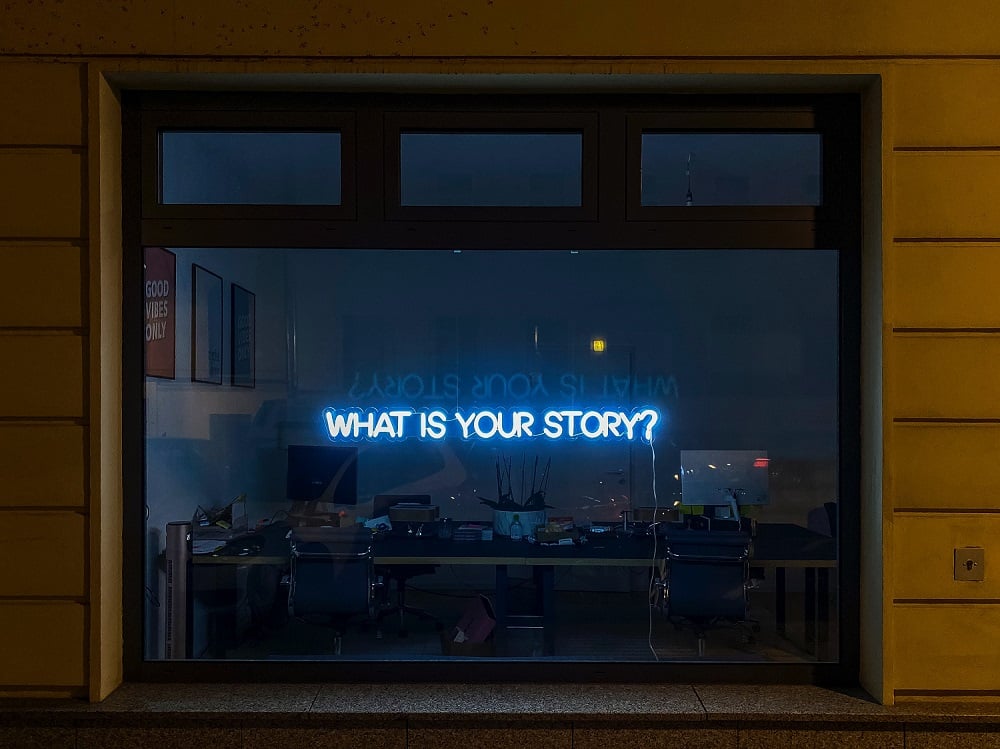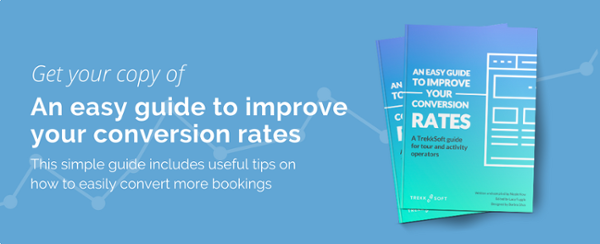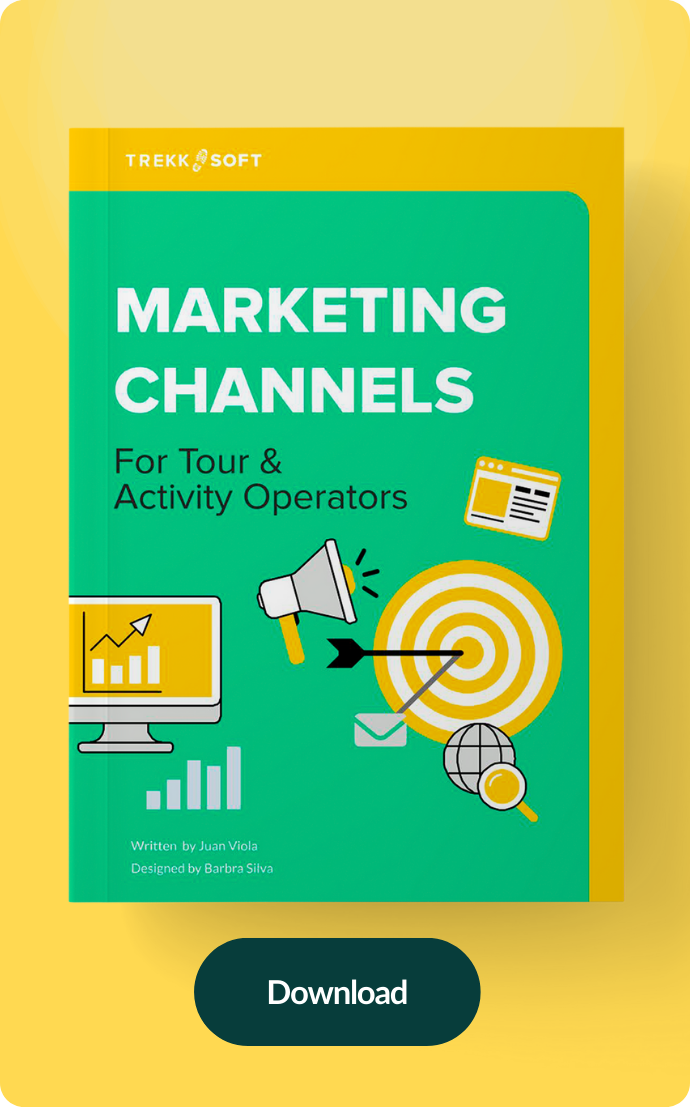Telling people stories about a place, an experience, or even a food they have tried is what travelers love to do. They don't just go like "I went for a balloon ride, and that is it"; they'll comment about the booking, the ride, the weather, who was there, and many other details.
This is what we can call storytelling.
Before travelers can narrate their own experiences, they need to know what the tour or activities provide. Providing memorable experiences is something that most tourism businesses offer, but how to convince customers that your experience, among so many, is worth their booking?
Brand storytelling has become a necessary marketing strategy in the tourism industry, where businesses can create remarkable experiences for travelers. While online presence has become mandatory - such as social media, website, and email, among others - it has become more important than ever for tour and activities companies to connect with their audience, bringing emotion to their content and creating a solid brand identity to build their brand memorable.
Brand storytelling also helps increase trust; remember that brand trust ranks as a top buying consideration and a consumer-like story. According to study by Headstream, 79% of UK adults think it's a good idea for brands to tell stories.
In this article, we'll explore the concept of brand storytelling and how it can be applied to the tourism industry to create engaging experiences for travelers.

What is storytelling?
Storytelling is the art of conveying a message or idea through an engaging narrative. In marketing, it's a strategy where brands can practice using stories to create an emotional connection with an audience and express the brand's values, mission, and personality.
Think about your own business; whether you like to show your experiences as fun, exciting, or more friendly, calm, and knowledgeable, the image you already offer customers is your personality and your brand's tone. Same to your mission, you want people to have a one-of-a-lifetime experience full of adrenaline and excitement or want to share relevant, interesting facts and histories about a monument.
Either way, the goal behind your business can be the mission you can share with customers.
In the tourism industry, storytelling is particularly important and popular because it allows businesses to showcase their unique experiences, create a sense of place, and create an emotional connection with travelers. It's a strategy that is used not only by tour and activities businesses but also by destinations. Here's an example of " selling" a location personally and humanly.
The medieval town of Recanati: the birthplace of Giacomo Leopardi (and not only!) | Visititaly.eu
Here are a few tips on what your business needs to have to apply storytelling:
Define your Unique Selling Proposition (USP)
The USP is a statement that defines what makes a business unique and why travelers should choose them over their competitors. It should be a clear and concise message that is incorporated into all the business's marketing materials. An example of a Unique Selling Proposition is a memorable phrase such as "Las Vegas, what happens here, only happens here".
Use visual storytelling
Work with images and videos to tell a story. It's a powerful way to convey emotions and create an immersive experience for the audience. Visual storytelling can showcase your unique experiences, culture, and history. For example, create videos of travelers experiencing a particular activity or visiting a local attraction. According to Headstream, the top format for storytelling is video, with photos second and articles third. Remember that for making a video, you can work with templates from Canva or even Instagram and TikTok.
Read Gen Z: How will the newest generation of travelers impact the tourism industry?.
Personalize the experience
Personalization is the practice of tailoring the story to the individual traveler. It involves understanding the traveler's needs and interests and creating an experience that resonates with them. For example, a tour company can create a personalized itinerary for family guests based on their interests.
Encourage User-Generated Content (UGC)
It's content that travelers create. It can include photos, videos, and reviews. UGC is a powerful way to develop a sense of community and showcase the experience from the traveler's perspective. Businesses can encourage UGC by creating social media campaigns or by incorporating UGC into marketing materials.
In summary, storytelling is a powerful tool business in the tourism industry can use to create an emotional connection with travelers. By defining your USP, using visual storytelling, personalizing the experience, and encouraging UGC, tourism businesses can create a strong brand identity and stand out in a crowded market.
The importance of brand storytelling
While storytelling is a strategy that you can apply in many parts of your business, brand storytelling focuses on creating a strong brand identity and standing out in a crowded market. It allows companies to connect with their audience on a deeper level and create an emotional bond. According to a study by Edelman, 65% of consumers are emotionally attached to a brand that shares their values. This emotional attachment leads to increased loyalty, advocacy, and sales.
Examples of brand storytelling in tourism
Brand storytelling can be applied to various aspects of the tourism industry, such as:
- Website. The website is often the first point of contact for travelers. Creating a visually appealing website that tells a story can make a memorable first impression. For example, the Airbnb website showcases unique experiences through visuals and storytelling, and they also encourage hosts to tell their stories. Here's an example of it: How to Craft Your Story | How to Host | Airbnb
- Emails. Emails can be used to nurture leads and create a connection with travelers. Creating personalized emails that tell a story can increase engagement and conversion rates. You can use the technique for confirmation emails, email marketing, vouchers and more.
- Tours and activities. Tours and activities can be used to showcase a destination's unique culture and history. Creating a story around the experience can create a more immersive and memorable experience.
- Social media. Online storytelling can be helpful in increasing trust and loyalty. You can work with images, videos, on descriptions on feeds and stories. Another way to increase reach is by working with influencers, helping you gain more followers, and having the story told by someone outside the company. You can learn more about how to apply read How to promote your tourism company through storytelling.

Increasing your sales
Now that you know more about brand storytelling remember that every story needs to have a function, a purpose. You can share stories to tell who you are and why the business exists, teach something about the location or activity, and answer travelers' questions.
If you want to take the next step to understand your customers, learn how to write killer descriptions for your trips to convince customers that you're the best operator in town, how to improve booking forms, and more, check out our guide.
This guide is jam-packed with easy to implement tips and tricks to optimize your website for conversions.


.png)

